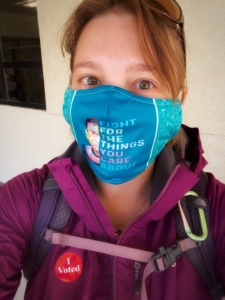The 5 Questions
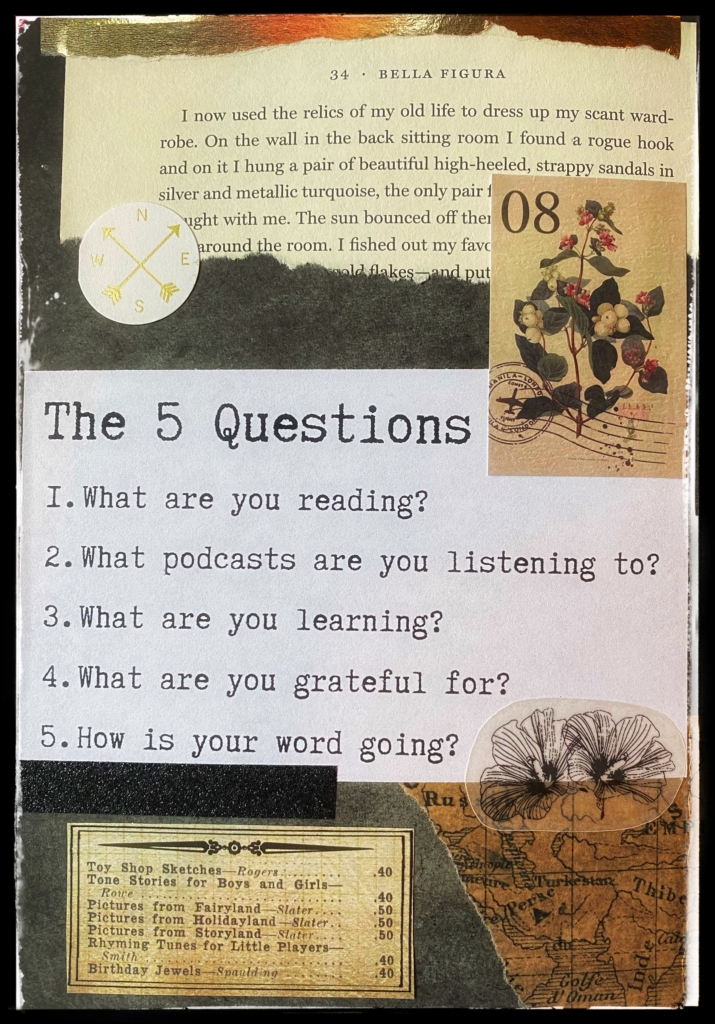
These are my 5 questions from my bullet journal.
I am an introvert and not a fan of small talk. I understand its purpose is to start conversations between people, but it can also be hard to move beyond. It also wears on me to have the same conversation over and over again with people.
Where are you from?
What do you do for a living?
Are you married?
Do you have any kids?
How about this weather?
Welcome to my own personal hell.
A few years ago, I developed 5 questions to help start conversations. I developed these questions by considering what my friends and I most commonly talk about and what interests we have in common. I actually got this idea from a friend of mine who did something similar; however, the only question we have in common is regarding the books we are currently reading.
I can usually use 2-3 of these questions with anyone I meet. I have found they provide a way to have deeper conversations with people and are an easy way to find common ground with a person I have just met.
Question #1 – What are you reading?
This is one of my three go-to questions. SO many people read, so this is a great way to find common ground with someone AND get some good book recommendations. This is also a way to learn more about the interests of the other person and provide fuel for further deep discussion.
Question #2 – What podcasts are you listening to?
This is my second go-to question. There are so many podcasts available today. Most of the people I know listen to at least 1 podcast. This is a great way to get an idea of what interests another person and provide further topics for discussion.
Question #3 – What are you learning?
I am a growth-minded person. This is a deep, introspective question that I love to discuss with others, but I can’t use it with everyone. It needs to be used intentionally because not everyone is growth-minded and open to exploring this topic. Be sure to test your audience before deploying this question.
Question #4 – What are you grateful for?
This is my third go-to question. It is a way to uplift the conversation and connect with someone. Everyone can find something to be thankful for, it doesn’t have to be a big thing. Right now, I am thankful for the ice tea I am enjoying, the computer I am working on, and the rainy day that allows for contemplation and time to blog.
Question #5 – How is your word going?
This one has to be deployed with people who participate in The One Word. I only use it with friends who I know have a word. It’s a way to support each other and share our personal work. Again, this question will only work with a very specific audience, so be strategic with this one.
I keep these questions written down in my bullet journal so I can easily access them if I need them. They can also be saved in a phone or written on a small piece of paper for easy access. I have for the most part committed them to memory but like to keep them handy just in case my brain decides to go an on unannounced holiday.
If you are tired of small talk and want to jump-start conversations with more substance, I encourage you to write your own questions. They will help you have more meaningful and connecting conversations during your day.
A Special Thanks
A special thanks to Jennifer L. for giving me the idea of creating questions to start conversations with others. I am so thankful for you and our friendship. You encourage me to be a better person.
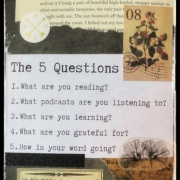 © Catherine Haslag
© Catherine Haslag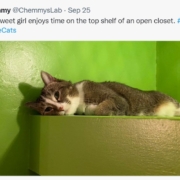 © Catherine Haslag
© Catherine Haslag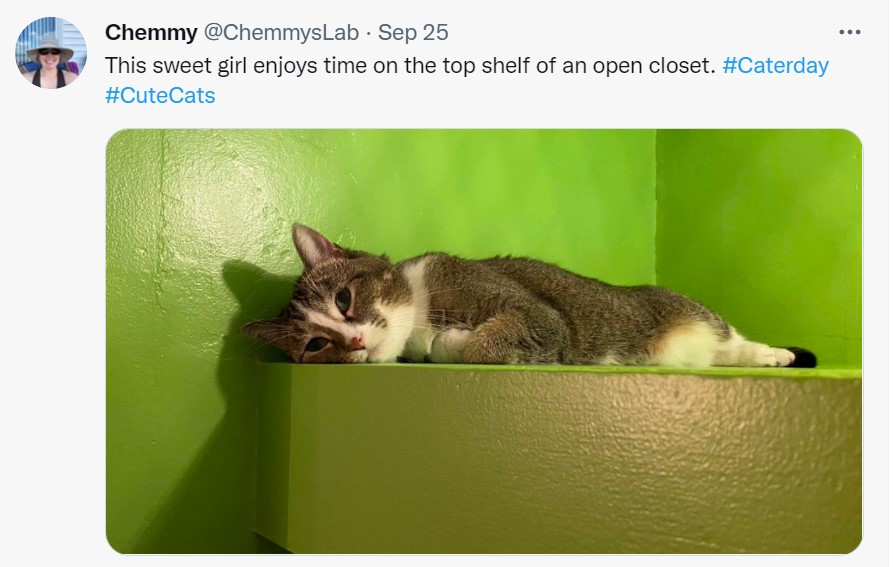

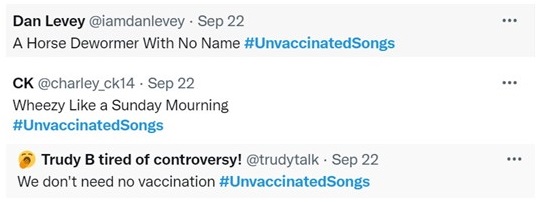
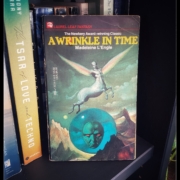 © Catherine Haslag
© Catherine Haslag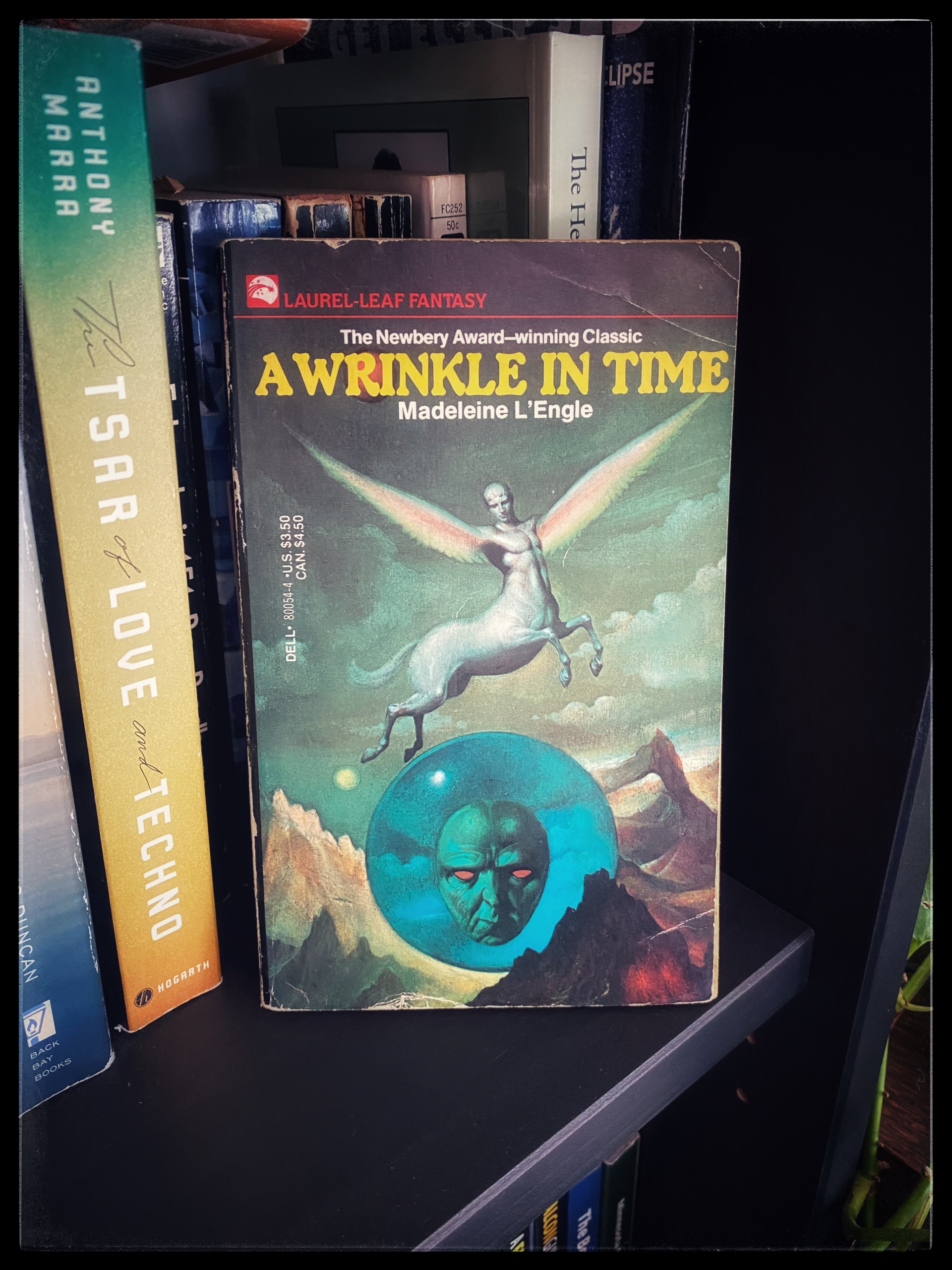


 © Catherine Haslag
© Catherine Haslag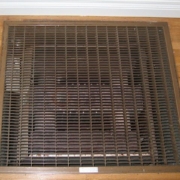
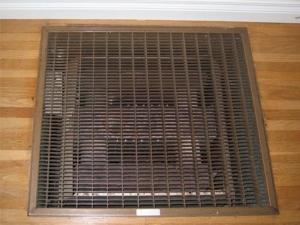
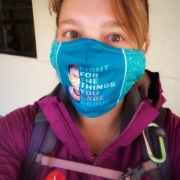 © Catherine Haslag
© Catherine Haslag